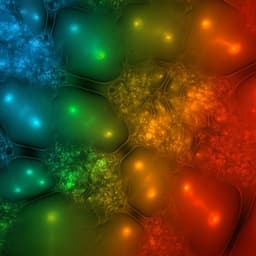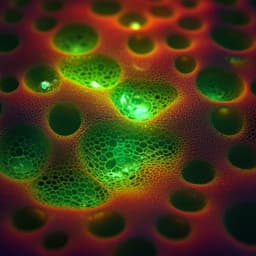
Engineering and Technology
Experimental investigation of porous carbon for cooling and desalination applications
A. S. Alsaman, M. S. Ahmed, et al.
This groundbreaking research conducted by Ahmed S. Alsaman, M. Salem Ahmed, E. M. M. Ibrahim, Ehab S. Ali, A. M. Farid, and Ahmed A. Askalany explores the impressive performance of modified activated carbon Maxsorb III in enhancing adsorption cooling and desalination systems. With remarkable water uptake and exhilarating production rates, this study reveals the potential of Max in revolutionizing dual applications for cooling and freshwater generation.
~3 min • Beginner • English
Related Publications
Explore these studies to deepen your understanding of the subject.







